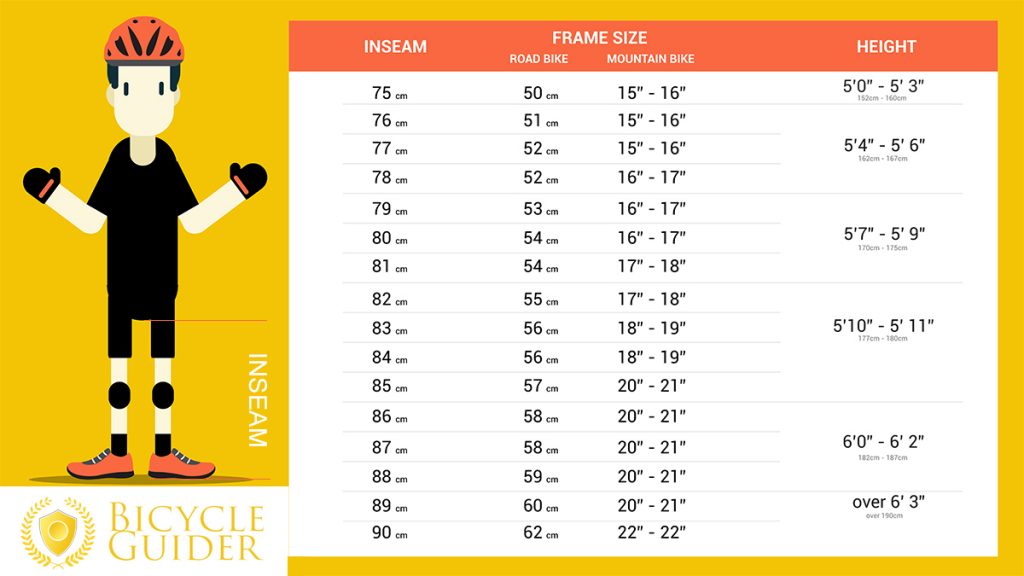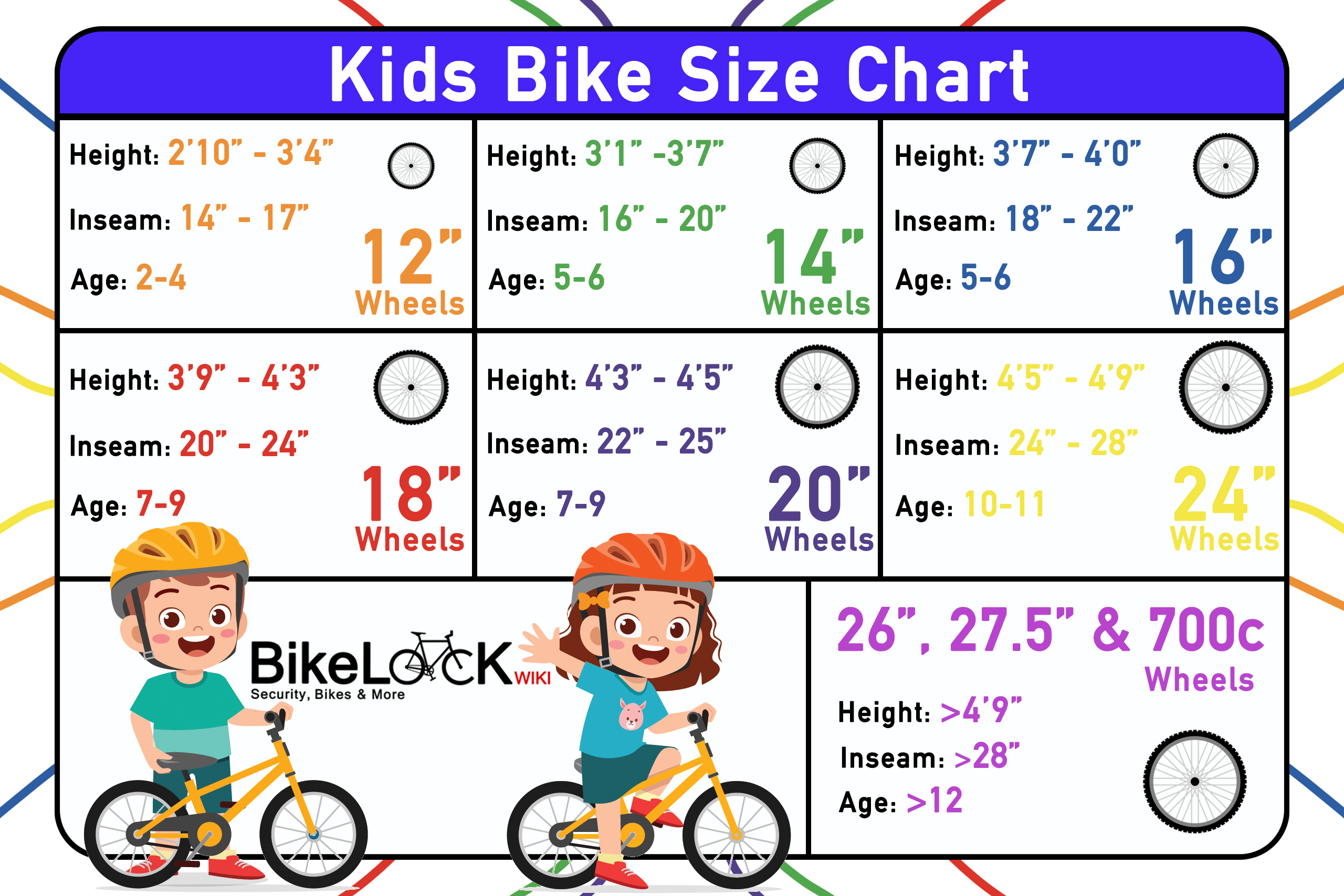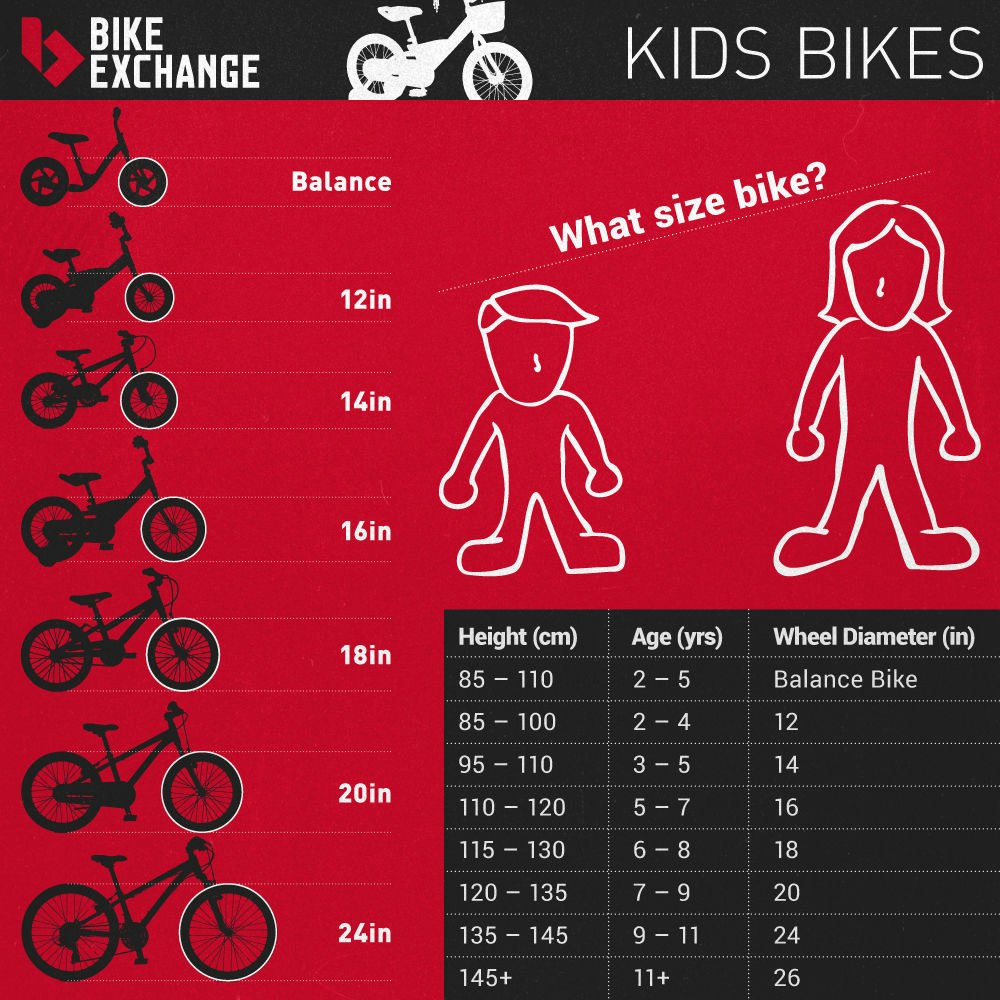Why Proper Bike Fit Matters for Kids
Finding the right bike size for kids is crucial for a safe, enjoyable, and confidence-boosting riding experience. A well-fitting bike can make all the difference in a child’s ability to balance, steer, and control their bike, reducing the risk of accidents and injuries. Moreover, a bike that fits properly can help kids develop a lifelong love for cycling, promoting physical activity, outdoor exploration, and a sense of independence.
When a bike is too small or too large, it can lead to discomfort, frustration, and a lack of confidence on the road or trail. This is why it’s essential for parents to understand the importance of proper bike fit and take the time to get it right. By doing so, kids can reap the many benefits of cycling, from improved physical health and coordination to enhanced mental well-being and social skills.
Learning how to measure bike size for kids is a critical step in finding the perfect fit. By understanding the different methods for measuring bike size, parents can ensure their child’s bike is tailored to their unique needs, promoting a lifetime of cycling enjoyment.
Measuring Up: How to Determine Your Child’s Bike Size
Measuring your child’s bike size is a crucial step in finding the perfect fit. There are several methods to determine the ideal bike size, including inseam, arm length, and leg length measurements. By understanding how to take these measurements accurately, parents can ensure their child’s bike is tailored to their unique needs.
To measure inseam, have your child stand against a wall with their feet shoulder-width apart. Place a book or ruler between their legs, level with the top of the inner thigh. This will give you the inseam measurement, which is essential for determining the correct saddle height.
Arm length measurements are also important, as they affect the reach to the handlebars. To measure arm length, have your child stand with their arms relaxed by their sides. Measure from the shoulder joint to the wrist, ensuring the arm is straight and not bent.
Leg length measurements are critical for determining the correct pedal position. To measure leg length, have your child sit on a chair with their legs straight out in front of them. Measure from the back of the knee to the ankle, ensuring the leg is straight and not bent.
Once you have these measurements, you can use a bike size chart to determine the ideal bike size for your child. Remember, how to measure bike size for kids is not a one-size-fits-all approach. By taking the time to measure your child accurately, you can ensure a comfortable, safe, and enjoyable riding experience.
Understanding Bike Size Charts: A Breakdown for Parents
Bike size charts can seem overwhelming, but understanding how to read them is crucial for finding the perfect fit for your child. Bike size charts typically categorize bikes into different types, such as balance bikes, road bikes, mountain bikes, and hybrid bikes. Each category has its own unique size range, which is determined by factors such as wheel size, seat height, and handlebar height.
When reading a bike size chart, look for the following information:
- Age range: This indicates the recommended age range for the bike.
- Height range: This indicates the recommended height range for the bike.
- Inseam range: This indicates the recommended inseam range for the bike.
- Wheel size: This indicates the size of the wheels, which affects the overall size of the bike.
For example, a bike size chart for a balance bike might look like this:
| Age Range | Height Range | Inseam Range | Wheel Size |
|---|---|---|---|
| 3-4 years | 38-42 inches | 16-18 inches | 12 inches |
| 4-5 years | 42-46 inches | 18-20 inches | 14 inches |
By understanding how to read bike size charts, parents can ensure they’re getting the right bike for their child. Remember, how to measure bike size for kids is not a one-size-fits-all approach. By taking the time to measure your child accurately and understanding bike size charts, you can find the perfect fit for a lifetime of cycling enjoyment.
Factors to Consider Beyond Height: Age, Ability, and Riding Style
While height is an essential factor in determining bike size, it’s not the only consideration. Age, ability, and riding style also play a significant role in finding the perfect fit for your child. Understanding these factors can help you make an informed decision and ensure your child’s bike is tailored to their unique needs.
Age is a critical factor, as children’s bodies develop at different rates. For example, a 5-year-old may be more comfortable on a bike with a lower standover height and a more upright riding position, while a 10-year-old may prefer a bike with a more aggressive riding position and a higher standover height.
Ability is another crucial factor to consider. If your child is a beginner, they may require a bike with a more stable and forgiving design, such as a balance bike or a hybrid bike. On the other hand, if your child is more experienced and confident, they may prefer a bike with more advanced features, such as a road bike or a mountain bike.
Riding style is also essential to consider. If your child enjoys riding on trails and rough terrain, they may require a bike with more suspension and a more aggressive riding position. If they prefer riding on paved roads and bike paths, a bike with a more upright riding position and less suspension may be more suitable.
By considering these factors beyond height, parents can ensure their child’s bike is tailored to their unique needs and preferences. Remember, how to measure bike size for kids involves more than just measuring their height. By taking the time to consider these additional factors, you can find the perfect fit for a lifetime of cycling enjoyment.
How to Choose the Right Bike Type for Your Child
Selecting the right bike type for your child can be overwhelming, especially with the numerous options available. However, by understanding the different types of kids’ bikes and their unique features, parents can make an informed decision that meets their child’s needs and preferences.
Balance bikes, designed for young children, typically have a low standover height, wide tires, and a lightweight frame. They are ideal for teaching children how to balance and steer on two wheels. Road bikes, on the other hand, are designed for speed and efficiency, making them suitable for older children who want to ride on paved roads and bike paths.
Mountain bikes, with their sturdy frames, wide tires, and suspension systems, are perfect for children who enjoy riding on trails and rough terrain. Hybrid bikes, a combination of road and mountain bikes, offer a comfortable riding position and versatility, making them suitable for children who ride on various surfaces.
When choosing a bike type, consider your child’s riding style, ability, and preferences. If your child is a beginner, a balance bike or a hybrid bike may be the best option. If they’re more experienced and enjoy riding on trails, a mountain bike may be the way to go.
Additionally, consider the following factors when selecting a bike type:
- Riding frequency: If your child rides frequently, a higher-quality bike with durable components may be necessary.
- Riding terrain: If your child rides on rough terrain, a bike with suspension and wide tires may be required.
- Child’s size and weight: Ensure the bike is designed for your child’s size and weight range.
By understanding the different types of kids’ bikes and their unique features, parents can choose the right bike that meets their child’s needs and preferences. Remember, how to measure bike size for kids involves more than just measuring their height; it’s about finding the perfect fit for a lifetime of cycling enjoyment.
Real-Life Examples: Finding the Perfect Fit for Your Child
To illustrate the importance of proper bike sizing, let’s consider a few real-life examples. Meet Emma, a 7-year-old who loves riding her bike to school. Emma’s parents initially bought her a bike that was too small, thinking it would be easier for her to handle. However, Emma struggled to ride comfortably and confidently. After consulting with a bike expert, they discovered that Emma needed a bike with a longer wheelbase and a more upright riding position. With the right-sized bike, Emma’s confidence soared, and she began to enjoy her daily rides to school.
Another example is Max, a 10-year-old who loves mountain biking. Max’s parents initially bought him a bike that was too large, thinking it would last him for years to come. However, Max struggled to control the bike on technical trails, and his parents were worried about his safety. After consulting with a bike expert, they discovered that Max needed a bike with a shorter wheelbase and a more aggressive riding position. With the right-sized bike, Max’s skills improved dramatically, and he began to enjoy the thrill of mountain biking.
In both cases, the parents learned that how to measure bike size for kids involves more than just measuring their height. They needed to consider their child’s riding style, ability, and preferences to find the perfect fit. By doing so, they ensured their child’s safety, comfort, and confidence on the road or trail.
Common mistakes to avoid when sizing a kid’s bike include:
- Guessing the bike size based on age or height alone
- Not considering the child’s riding style and ability
- Not test-riding the bike before purchasing
By avoiding these common mistakes and following the principles outlined in this article, parents can find the perfect fit for their child and set them up for a lifetime of cycling enjoyment.
Tips for a Smooth Bike Fitting Process
When it comes to finding the perfect bike fit for your child, a smooth bike fitting process is crucial. Here are some practical tips and advice to ensure a successful experience:
Involve Your Child in the Process: Encourage your child to participate in the bike fitting process. Ask them about their riding style, preferences, and comfort level on the bike. This will help them feel more invested in the process and more likely to enjoy their new bike.
Test Ride, Test Ride, Test Ride: A test ride is essential to ensure the bike is the right fit for your child. Look for signs of discomfort, such as slouching or straining, and take note of any feedback they provide.
Check the Saddle Height: Make sure the saddle height is correct by having your child sit on the saddle with their leg almost fully extended. This will ensure they can put both feet flat on the ground when stopping.
Adjust the Handlebars: Adjust the handlebars to a comfortable height for your child. This will help them maintain good posture and reduce strain on their neck and back.
Consider a Professional Fitting: If you’re unsure about how to measure bike size for kids or need additional guidance, consider consulting a professional bike fitter. They can provide personalized advice and ensure a perfect fit for your child.
By following these tips, you can ensure a smooth bike fitting process that results in a bike that’s tailored to your child’s unique needs and preferences. Remember, finding the right bike size is just the first step – a well-fitting bike can make all the difference in your child’s cycling experience.
Conclusion: Finding the Perfect Bike Fit for a Lifetime of Fun
In conclusion, finding the right bike size for kids is crucial for their safety, comfort, and confidence on the road or trail. By understanding the importance of proper bike fit, measuring your child’s bike size accurately, and considering factors beyond height, you can set them up for a lifetime of cycling enjoyment.
Remember, how to measure bike size for kids is not a one-size-fits-all approach. It requires a thoughtful and personalized approach that takes into account your child’s unique needs and preferences. By following the tips and guidelines outlined in this article, you can ensure a smooth bike fitting process that results in a bike that’s tailored to your child’s needs.
A well-fitting bike can make all the difference in your child’s cycling experience. It can boost their confidence, improve their safety, and create a lifelong love of cycling. So, take the time to get it right, and watch your child thrive on two wheels.
By investing in a bike that fits your child perfectly, you’re investing in their happiness, health, and well-being. So, don’t settle for a bike that’s almost right – find the perfect fit, and watch your child ride off into a lifetime of fun and adventure.






